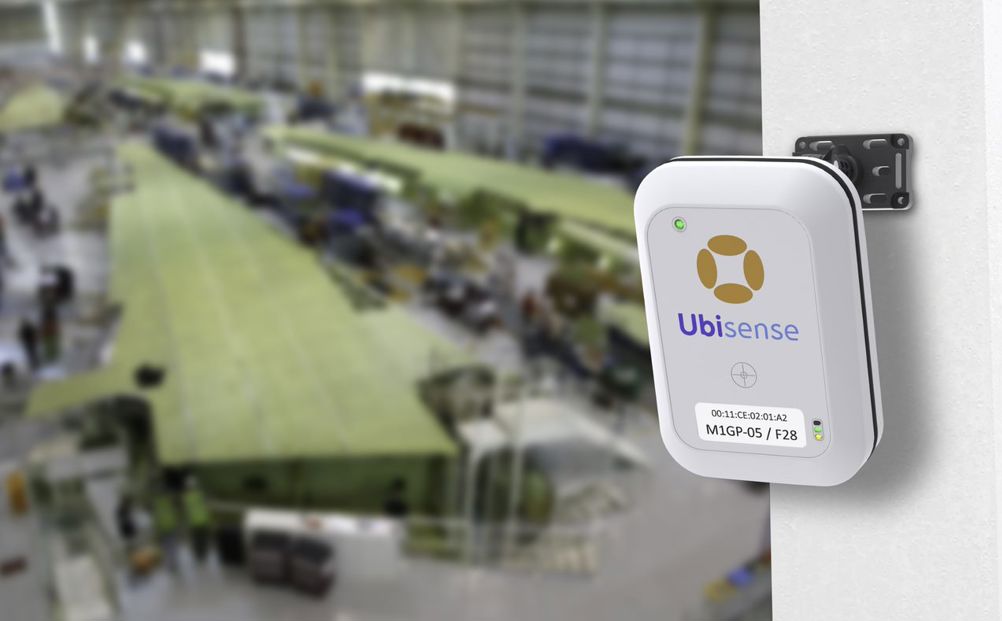Whether you have heard of RTLS (Real-time Location Systems) or not, it is time to take stock of their rapid rise to prominence. While these systems have existed in some form or other since the 1960s, they have exploded onto the manufacturing scene since around 2017 when IoT devices began to proliferate. Now, the auto, aerospace, and logistics industries are RTLS trailblazers, while other industries like healthcare and defence are starting to catch on. But what’s all the fuss about, and are these systems really worth the investment?
RTLS Explained
Real-time location systems are generally used in business-owned spaces to monitor the business’s processes. This could be production lines, or how people, machines, and inventory interact in warehouses or transit yards, for example. This is achieved using sensors and tags that track key assets within these environments. The result is usually a large data set that can be visualized through a variety of custom built or generic software. Sometimes a digital twin of the process can be created to help drive insights and cost savings.
Technology
There is a huge variety of technologies used to create RTLS systems, and some will be more appropriate than others in certain environments. Some will also drive far more reliable and diverse insights than others.
For example RFID tags are commonly used in warehouse and retail environments. They are usually scanned manually and can identify certain products and materials but provide little in the way of real-time, locational data. However, “Active” RFID tags can send out more time-specific data.
Bluetooth technology has been around for a long time, and already has a lot of industrial and commercial applications. Due to the ease of setting up Bluetooth RTLS systems, they are often used in manufacturing settings for “geo-fencing” purposes. They are efficient at tracking whether individuals have passed certain checkpoints or are present in certain rooms. However, their non-specific locational data and susceptibility to interference from other radio signals can make them less useful for precise, data-intensive RTLS tasks.

UWB (Ultrawide-band) systems are becoming more common and use tags and sensors capable of often centimetre-level accuracy. The radio signals they use are far less prone to interference, which is useful in busy industrial environments cluttered by machinery, Wi-Fi, and radio signals. What’s more, some UWB RTLS providers can track assets in three dimensions, creating a whole new set of possibilities, including complex automaton protocols. This saves workers time and improves efficiency.
It is important to bear in mind that there will be a great variety of companies offering RTLS technologies based on each of the above technologies, and different companies’ hardware and software will vary in price and quality.
Common Use Cases for RTLS
RTLS has grown to prominence in part because of specific problems they solve in various manufacturing environments. Different companies will each find new and interesting ways to use their own RTLS systems, but some of the more common uses are presented here:
Auto industry:
In the auto manufacturing industry, RTLS is currently being used for tool control, where tools used for precision tasks like tightening nuts and bolts can be automatically located and calibrated based on which vehicle they are close proximity to. This can save time and prevent expensive errors that may hold up production. RTLS also helps track vehicles moving off a production line, ensuring they are parked and stored in the most efficient and traceable manner possible.
Aerospace:
FOD (Foreign Object Damage) is a major issue for airlines. If tools are left in the wrong place, this may not just hold up production, it could also cause deaths and injuries. The rapid nature of MRO (Maintenance, Repair, and Overhaul) activities also means that inefficiencies in tool usage or parts distribution need to be ironed out. RTLS systems can help identify bottlenecks and optimum tool and personnel usage.
Logistics:
Whether it’s in a transit yard or warehouse environment, being able to locate stock and assign the correct workers/drivers to it is essential for overall efficiency. The problem is many transit hubs and warehouses are using outdated systems which do not benefit from real-time data and AI-complimented inventory and vehicle management. With state-of-the-art RTLS, these locations can benefit from drivers automatically being assigned to vehicles based on accurate system forecasts. Stock can also be located and brought to the correct loading bays pre-emptively, reducing any possible congestion.
The above only scratches the surface of what RTLS is capable of, but it gives some flavour as to why manufacturers are increasingly pursuing this technology. Do you think RTLS is set to bring manufacturing into the 21st century? Let us know below.

Steven Manifold is CMO at Ubisense











National Gas receives funding to develop Gravitricity underground hydrogen storage system
One single rock salt mine - Winsford - has 23 <i>MILLION </i>cubic metres of void and even allowing for 10% of that void set aside for hazardous waste...